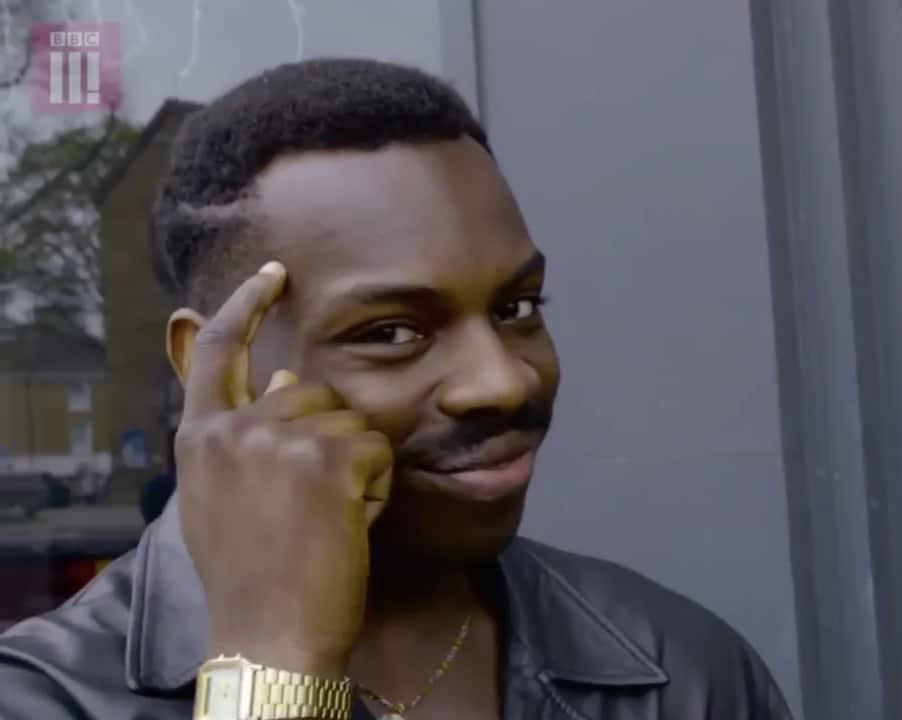SkyChaser
Pattern Altitude
- Joined
- Mar 22, 2020
- Messages
- 2,041
- Display Name
Display name:
SkyChaser
I was reading the thread in Aviation Mishaps that has turned into a discussion about the seat sliding back on takeoff, and got to thinking about what to do if that happened. I always try to rock the seat backwards and forwards a couple of times when I'm buckling up, but I like having game plans for what to do in as many situations as possible.
So, I'm taking off. The seat starts sliding back. I can't reach the glare shield and I let go of the yoke because I'm not about to stall myself. I'm short, so there's a good chance I may not be able to reach the yoke at full seat back. If this was an airplane with a trim wheel, would it be possible to use that to maintain a climb to a safe height where you could level off and move the seat (or switch seats!)? Or would not being able to use rudder on climbout cause too much of a problem?
I know, weird question.
So, I'm taking off. The seat starts sliding back. I can't reach the glare shield and I let go of the yoke because I'm not about to stall myself. I'm short, so there's a good chance I may not be able to reach the yoke at full seat back. If this was an airplane with a trim wheel, would it be possible to use that to maintain a climb to a safe height where you could level off and move the seat (or switch seats!)? Or would not being able to use rudder on climbout cause too much of a problem?
I know, weird question.




